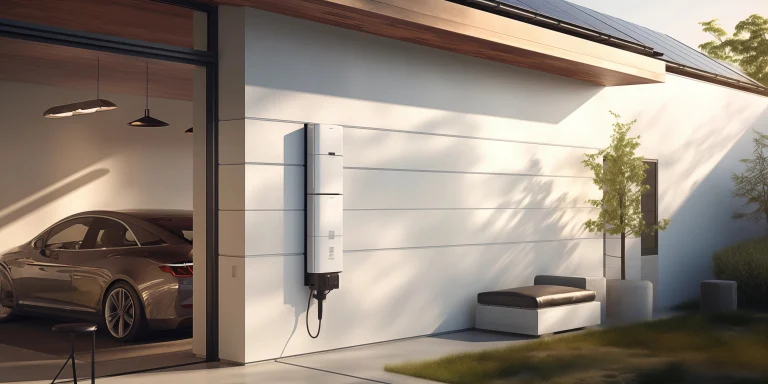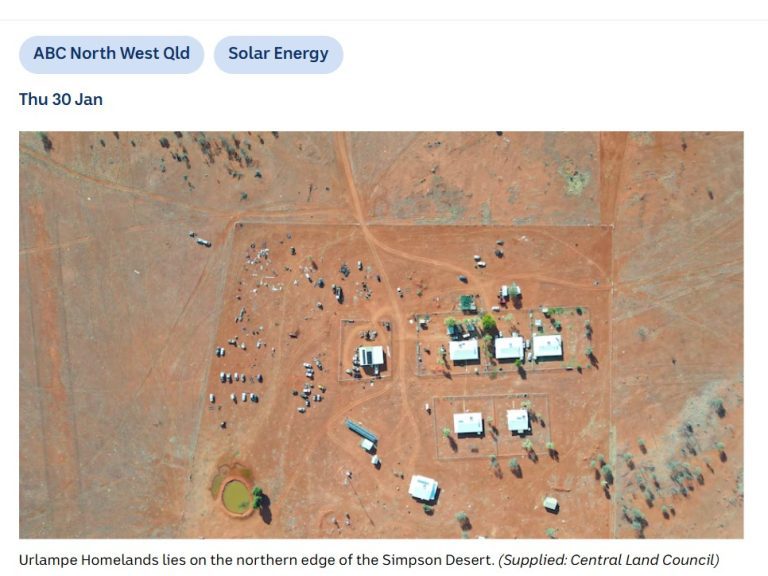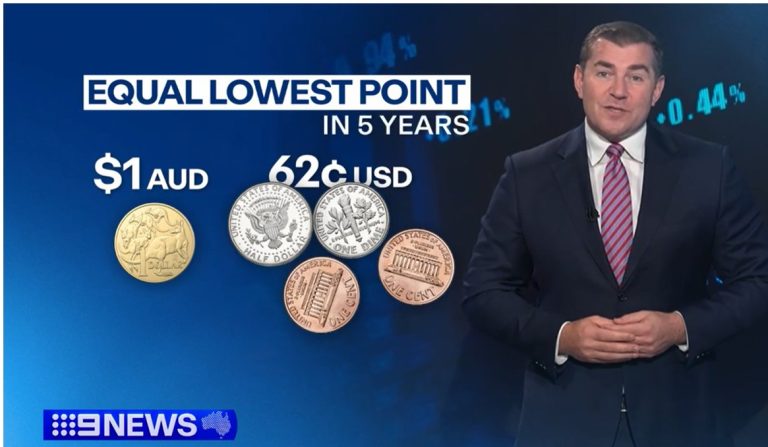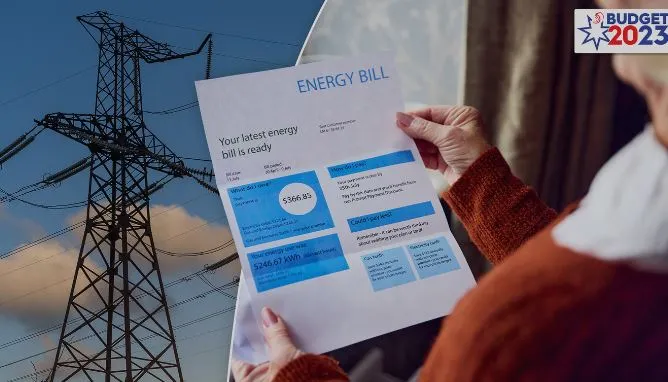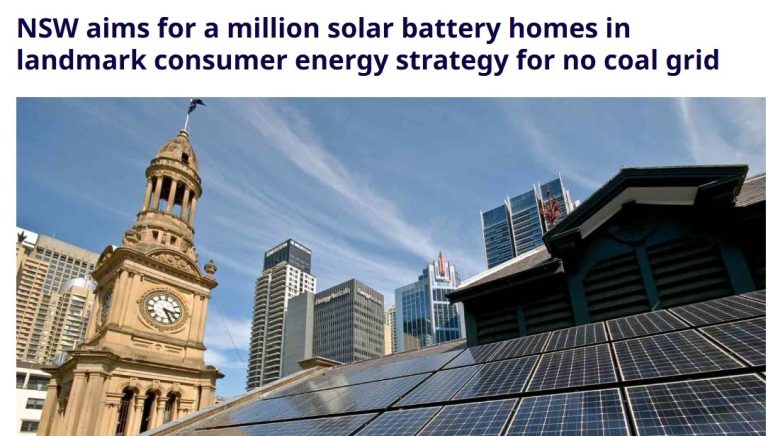With more than 800 solar inverters featured on the Clean Energy Council approved product list, how can you narrow down your choices to discover the most suitable inverters for your home?
Here are a few tips to help you, but first, let’s understand the role of an inverter and what to look for when choosing the best fit-for-purpose inverter for your home.
What is a solar inverter?
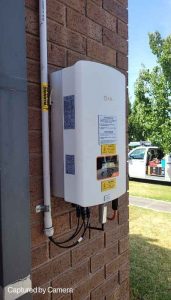
A solar inverter, roughly the size of a briefcase, transforms DC electricity from solar panels into usable AC electricity. Typically mounted on an outside wall or in a carport or shed, it should ideally be situated near your switchboard and shielded from the elements.
While many prioritise solar panels, the solar inverter plays a crucial role in a solar power system’s effectiveness. Opting for a high-quality inverter yields long-term benefits, including increased power output, reduced complications, and enhanced safety.
How do I select the right one for my home; what do I need to consider?
To select the right solar inverter for your home, first, determine the type based on your needs. Options include:
- String inverters: Standard choice for unshaded roofs, offering a wide product selection and cost-effectiveness. For example, Solis string inverters are recommended for performance and value.
- Microinverters: Ideal for partially shaded roofs, although they are around 20% more expensive than string inverters.
- Power optimisers with string inverter: Cost-effective solution for partial shading, providing similar benefits to microinverters.
- Hybrid inverters: Suitable for integrating solar panels and a battery, potentially more cost-effective when installing both simultaneously. Some hybrids offer greater system expansion for future needs.
Consider these options based on your roof conditions, shading, and plans for additional features like a battery or electric vehicle charging.
Some important selection criteria
Is it approved for use in Australia?
The starting point is to check that the solar inverter is compliant with the relevant Australian Standard (AS4777). You can do this by checking the approved solar inverter product list on the Clean Energy Council website.
It is eligible for government rebates?
With generous government rebates for solar power systems worth thousands of dollars, you don’t want to miss out! You need to ensure the solar inverter (and solar panels) you choose for your home are eligible for all the applicable rebates. Make sure your inverter is on the Clean Energy Council approved product list and, if you are in Victoria, on the Solar Homes approved product list.
Warranty – how good is it?
A good solar inverter should have a comprehensive product warranty for at least 10 years covering parts and labour. Cheaper inverters often come with a five-year warranty – we recommend avoiding those ones!
Some quality inverters like Fronius come with a 5+5 year warranty where the first five years are covered for parts and labour, but the second five years only covers you for parts. Ideally you want a solar inverter warranty that covers you for both – for as long as possible.
Manufacturer – do they have a good Australian support office?
A warranty is only as good as the company behind it. You want to make sure that the inverter manufacturer has an Australian office with a technical support team. Solis, for example, has a warehouse and support office in Cheltenham VIC so that if anything goes wrong, it can be easily replaced or supported. You’ll also want to make sure that the manufacturer has been in business for at least ten years, although ideally longer.

